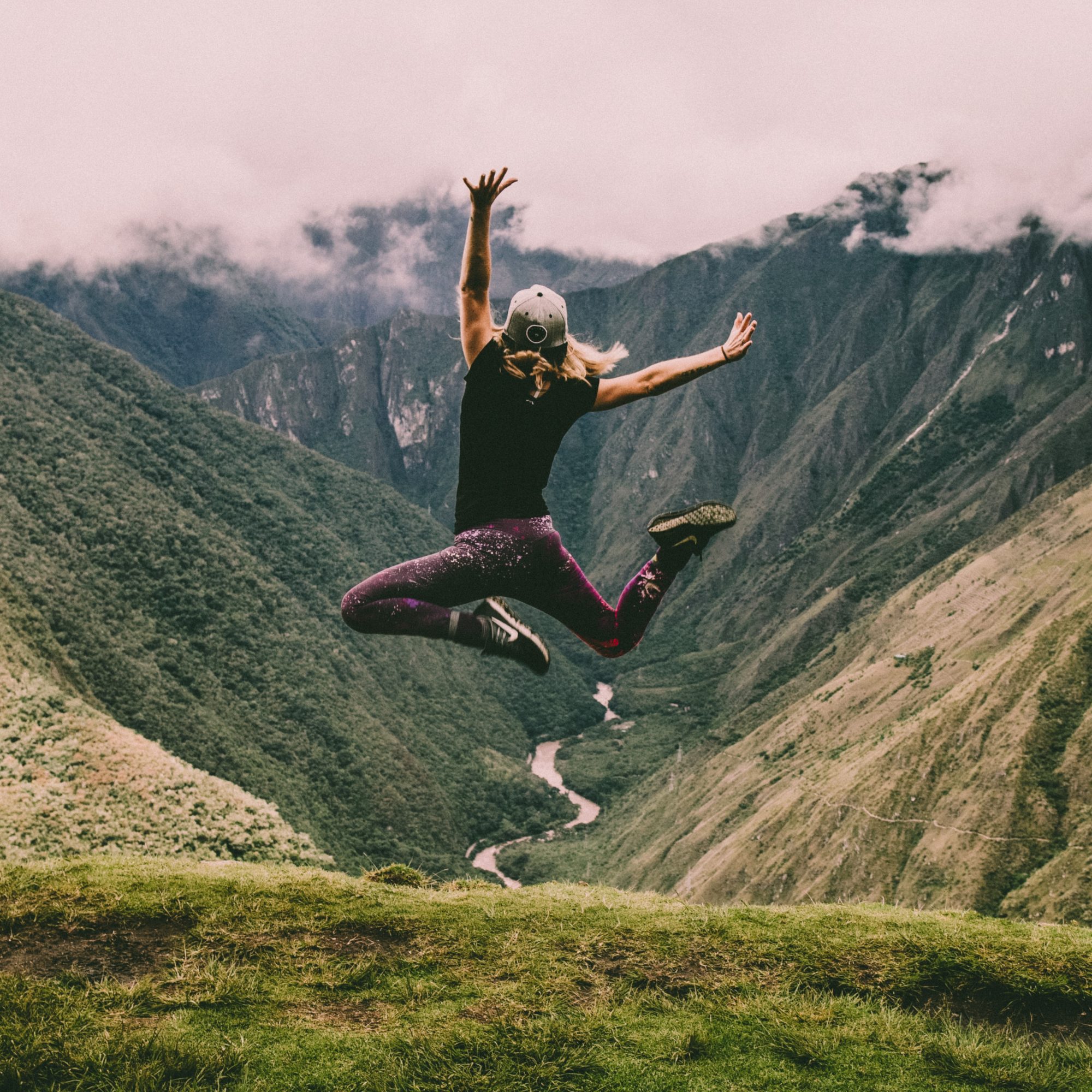I remember vividly, one Sunday morning. The sun was lazily crawling up the horizon, splashing the room with a warm, golden glow. On the table, a simple arrangement caught my eye – a pair of spectacles resting on an old, leather-bound book, an almost empty coffee mug bearing the mark of a lipstick-stained kiss, and the morning’s newspaper carelessly tossed aside. The scene was unassuming, ordinary, yet strangely arresting. Has that ever happened to you? Have you ever found beauty in the most commonplace things?
Well, that’s the magic of still life photography. This genre of photography, often overlooked, is the art of capturing inanimate objects in a way that they tell a story or evoke emotion. Surprising fact: still life photography has its roots as far back as ancient times with the Romans and Greeks creating mosaics and paintings of food and other everyday items!
“It’s all about perspective,” my mentor used to say, “Still life isn’t just about inanimate objects. It’s about infusing life into the lifeless.” I would argue that still life photography is a genre where ordinary objects become extraordinary. It’s a playground for creativity, where a photographer’s skill and imagination can transform a simple object into a piece of art.
Just like infrared photography reveals a world unseen by the naked eye, still life photography uncovers the quiet beauty in everyday objects.
Creating a Narrative with Inanimate Subjects
There’s a certain liberation in photographing inanimate objects. They don’t move, they don’t blink, or grow impatient. They are just there, waiting for you to weave a narrative around them, to breathe life into them. This is where your creativity comes into play. You have the power to manipulate the light, the composition, the arrangement, all to translate the emotions you want to evoke into your viewer.
Can a peeling apple suggest the passage of time? Can a wilting flower be a commentary on mortality? Absolutely! That’s the beauty of it. You’re not just taking a photograph; you’re creating a visual poem, a story told through light and shadows, textures and colours.
But, let’s take a pause and consider something – why does this genre appeal to us so much? Maybe it’s the quiet simplicity that draws us in, or the comfort of finding beauty in the mundane. Or perhaps it’s the way it makes us slow down, pay attention, and truly see the objects around us. It’s like visual meditation, a way to practice mindfulness in this fast-paced world.
Tips to Master Still Life Photography
So, how can you get started with still life photography? Let’s talk a bit about that. The first thing you need is a keen eye for detail – observe objects, their textures, their shapes, the way light interacts with them. Train your eyes to find interest in the simplest things.
Next, learn to control and manipulate light. Whether you’re working with natural or artificial light, how you use it can dramatically change the mood of your image. Experiment with different angles, create shadows, or bathe your subject in soft, diffused light. The possibilities are endless.
Finally, don’t forget the importance of composition. Use the rule of thirds, experiment with symmetry, or break the rules altogether for a unique perspective. Remember, you’re telling a story. So, think about what each element in your frame adds to the narrative.
So, are you ready to see the extraordinary in the ordinary? To find beauty in the commonplace? Still life photography can be an immensely rewarding journey. It just takes a little patience, a lot of creativity, and a new perspective.


0 Comment